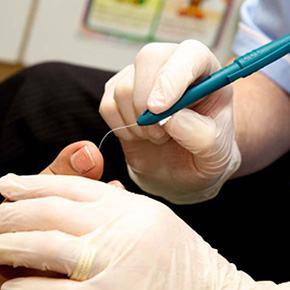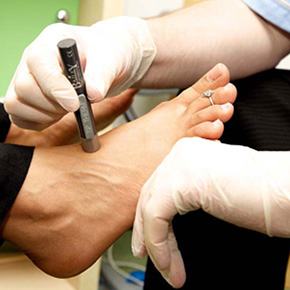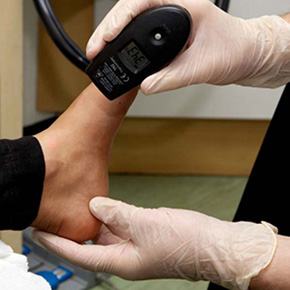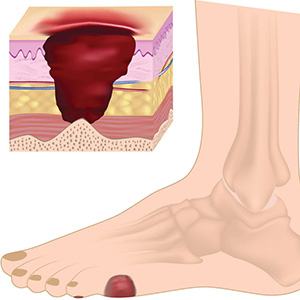Foot Care For Diabetes in Barangaroo (Sydney CBD), St Ives & Bondi Junction
Diabetes is marked by the inability to manufacture or properly use insulin, and impairs the body’s ability to convert sugars, starches, and other foods into energy. Diabetes is a systemic disease which may affect many different parts of the body. The foot is well supplied by many small blood vessels. These may become blocked as a possible complication of diabetes. Poor blood supply results in providing less nutrients to the extremities which may result in poor or slower health causing infections. As a result, diabetes management requires a team approach. A podiatrist is an integral part of the treatment team.
Amputation prevention is of primary concern to the podiatrist. Through regular foot screenings, at least annually, from a podiatrist, there is documented success in its prevention.









